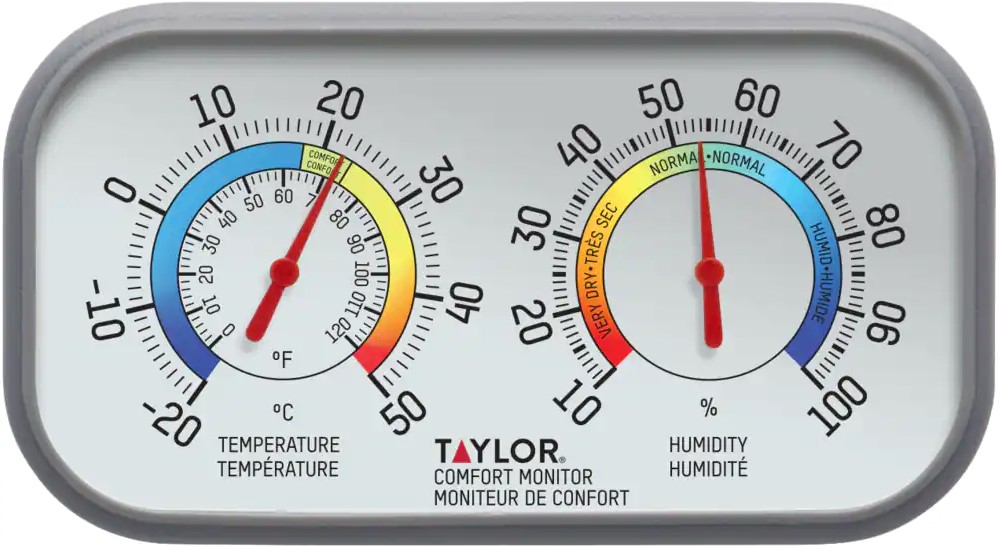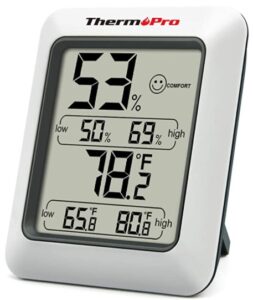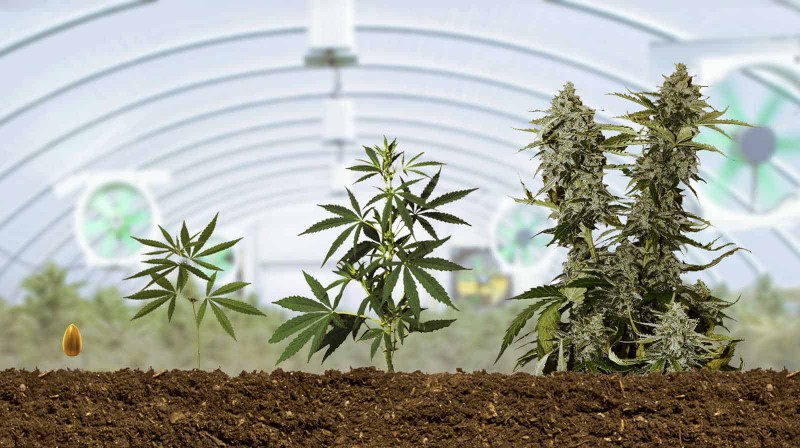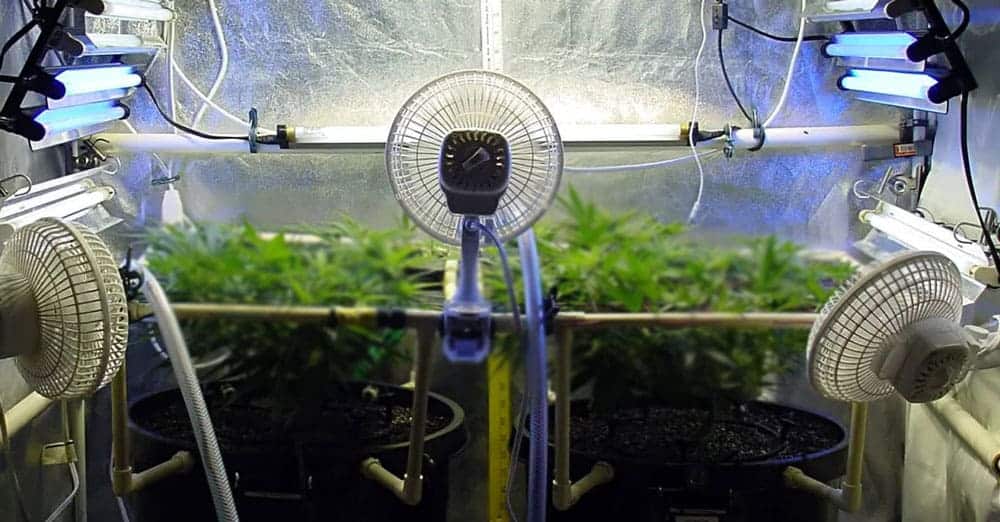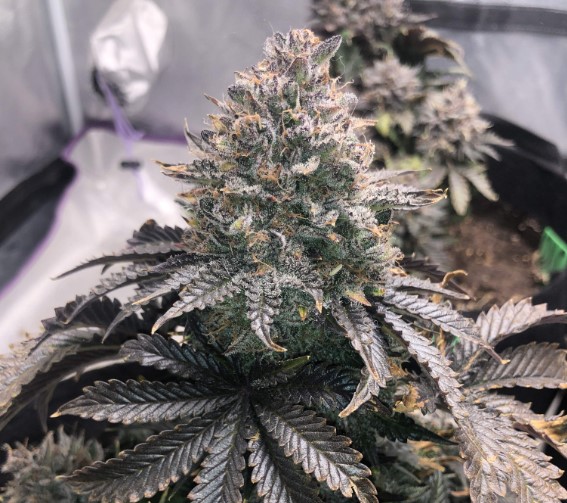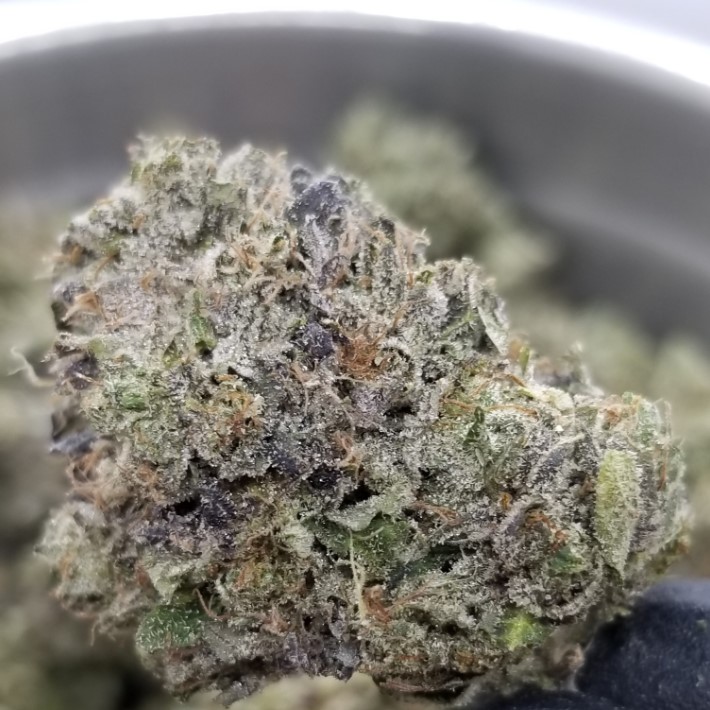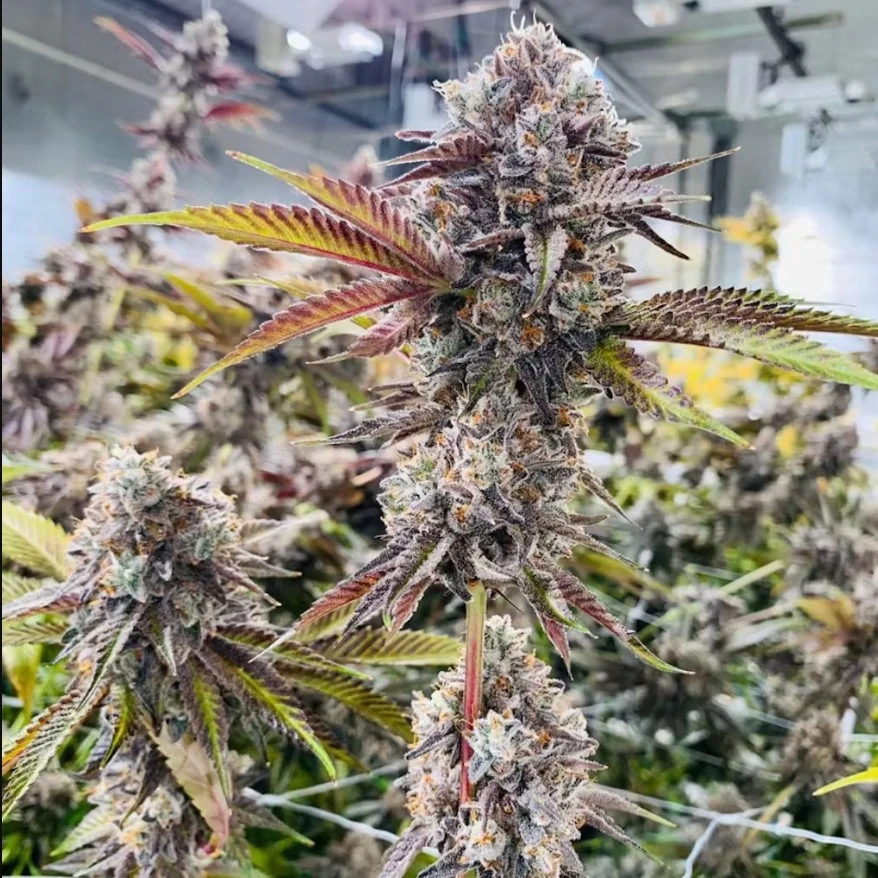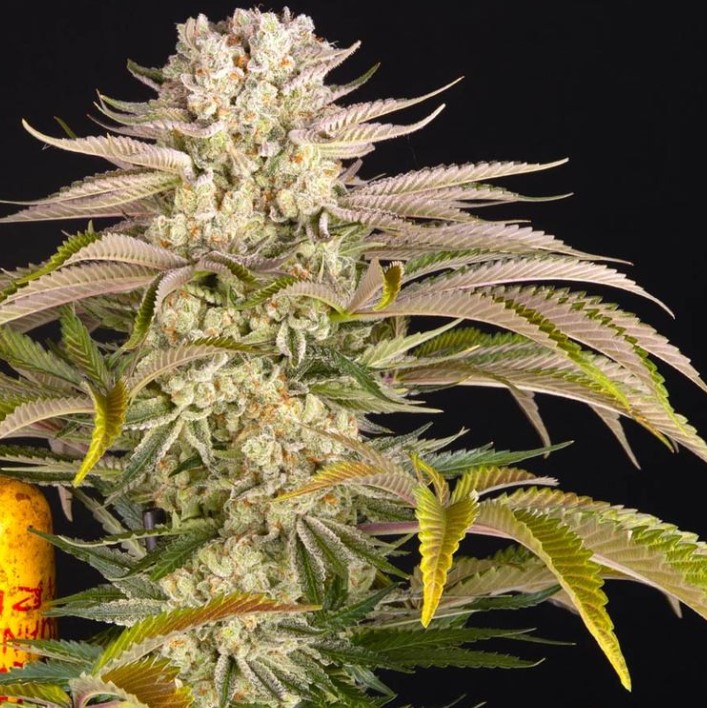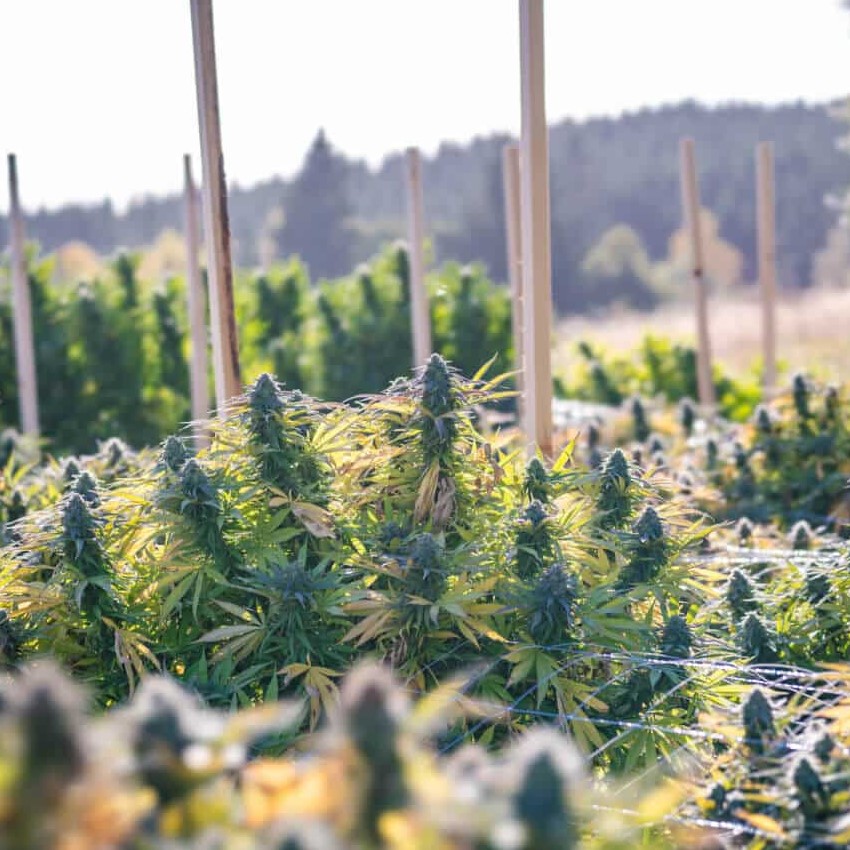Autoflowering cannabis plants require specific environmental conditions to thrive and produce high-quality yields. As a grower, it’s crucial to understand the importance of temperature and humidity control in your grow room. Just like a DJ sets the right atmosphere for a party, managing temperature and humidity levels is like orchestrating a botanical spa retreat for your autoflowers. In this comprehensive guide, we will explore the optimal temperature and humidity for autoflowers for different stages of growth, techniques for controlling these factors, and essential tips for successful cultivation. So put on your gardening gloves and let’s dive in!
Temperature and Humidity Chart for Autoflowers Week by Week
| Week | Stage | Temperature (°F) | Temperature (°C) | Humidity (%) |
|---|---|---|---|---|
| 1 | Seedling | 70-75 | 21-24 | 60-70 |
| 2 | Seedling | 70-75 | 21-24 | 60-70 |
| 3 | Seedling/Vegetative | 70-75 | 21-24 | 60-70 |
| 4 | Vegetative/Early Flower | 68-78 | 20-26 | 50-60 |
| 5 | Flowering | 68-78 | 20-26 | 50 |
| 6 | Flowering | 68-78 | 20-26 | 50 |
| 7 | Flowering | 68-78 | 20-26 | 50 |
| 8 | Flowering | 68-78 | 20-26 | 50 |
Understanding the Impact of Temperature
Temperature plays a significant role in the growth and development of autoflowering cannabis plants. Different stages of the plant’s life cycle require specific temperature ranges to ensure optimal growth and yield. Let’s take a closer look at the ideal temperature ranges for each stage:
Seedling Stage
During the seedling stage, your cannabis plants are delicate and require a warm environment to establish strong roots and develop healthy foliage. The optimal temperature range for seedlings is between 21-24°C (70-75°F). This temperature range provides the perfect conditions for their initial growth and promotes vigorous development.
Vegetative Stage
As your autoflowers transition into the vegetative stage, they can tolerate slightly higher temperatures. The ideal temperature range during this phase is between 20-26°C (68-78°F). This range encourages robust vegetative growth, allowing your plants to develop strong stems and lush foliage.
Flowering Stage
In the flowering stage, it’s essential to create a slightly cooler environment for your autoflowers to promote the formation of dense buds and resin production. The optimal temperature range during this phase is between 20-26°C (68-78°F). By maintaining these temperatures, you set the stage for a bountiful harvest with potent and aromatic flowers.
It’s important to note that autoflowers are generally more tolerant of temperature fluctuations compared to photoperiod strains. However, extreme temperature variations can still negatively impact their growth and overall health.
The Role of Humidity in Autoflower Cultivation
Humidity refers to the amount of water vapor present in the air. It plays a vital role in the overall health and development of autoflowering cannabis plants. Maintaining appropriate humidity levels ensures that your plants can efficiently transpire and absorb nutrients. Let’s explore the ideal humidity ranges for each growth stage:
Seedling Stage
During the seedling stage, high humidity levels are crucial to support the development of healthy and vibrant plants. Aim for a humidity range of 65-70% to create a moist environment for your seedlings. This level of humidity prevents excessive drying of the delicate foliage and encourages strong root growth.
Vegetative Stage
As your autoflowers progress into the vegetative stage, you can gradually reduce humidity levels. The recommended humidity range during this phase is between 50-70%. However, it’s essential to ensure that humidity does not exceed 90% to prevent the onset of mold and other fungal diseases. Decrease humidity levels by approximately 5% each week to acclimate your plants gradually.
Flowering Stage
During the flowering stage, it’s crucial to lower humidity levels to prevent the development of bud rot and mold. Aim for a humidity range of 40-50% at the beginning of the flowering phase and gradually decrease it to 30-40% near harvest. Avoid using hand misters during this stage, as water on dense buds can lead to the growth of mold and other infections.
Maintaining optimal humidity levels throughout the growth cycle of your autoflowers ensures healthy transpiration, nutrient uptake, and disease prevention.
Techniques for Controlling Temperature and Humidity for Autoflowers
Now that we understand the importance of temperature and humidity in autoflower cultivation, let’s explore some effective techniques for controlling these factors:
Ventilation
Proper ventilation is essential for maintaining fresh air circulation in your grow room. It helps regulate temperature and humidity levels, prevents the buildup of stagnant air, and ensures a healthy growing environment for your autoflowers. Invest in an exhaust fan and intake fan to create a consistent airflow that promotes optimal plant growth.
| Grow Room Fan Requirements | ||
|---|---|---|
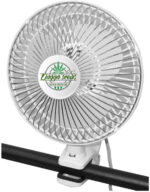 | Smaller than 2 ft square | 1 X ø15cm / 6 inch 5W |
 | 3 ft X 3 Ft | 2 X ø15cm / 6 inch 5W Blowing at each other |
 | 4 ft X 4 ft | 3X ø15cm / 6 inch 5W (or) 2X ø25cm / 10 inch (20W) (on low level) |
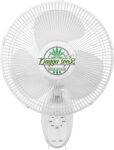 | 5ft X 5 Ft | 4X ø15cm / 6 inch 5W or 2X ø25cm / 10 inch (20W) |
 | 6-8 ft X 6-8 ft | 3x ø25cm / 10 inch (20W) |
 | 10-16 ft X 10-16 ft | 2x swivel Wall mount fan ø40cm 16 inch |
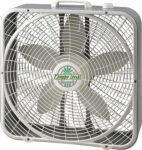 | Larger than 16 Ft | 4x FlatFan 50cm 20 inch |
Fans
Fans are your best friends when it comes to temperature regulation. They help circulate air and prevent heat pockets from forming in your grow room. Oscillating fans are particularly useful in preventing humidity from becoming trapped in the canopy, reducing the risk of mold and other issues.
Heaters
During colder periods, heaters can provide the necessary warmth to keep your autoflowers comfortable. Opt for heaters specifically designed for grow rooms and ensure they have built-in temperature controls to maintain the desired temperature range.
Air Conditioners
Air conditioners provide a reliable means of cooling your grow room during hot summer months. They help regulate temperature and prevent excessive heat stress on your autoflowers. Invest in a suitable air conditioning unit that can handle the size of your grow room and maintain the desired temperature range.
Humidifiers and Dehumidifiers
Humidifiers and dehumidifiers are valuable tools for controlling humidity levels in your grow room. A humidifier increases humidity by spraying mist into the air, while a dehumidifier removes excess moisture. Use these devices in conjunction with a hygrometer to monitor and adjust humidity levels according to the specific needs of your autoflowers.
By implementing these temperature and humidity control techniques, you can create a stable and optimal environment for your autoflowers to thrive.
Monitoring and Measurement
Consistent monitoring of temperature and humidity levels is crucial for successful autoflower cultivation. Investing in quality thermometers and hygrometers allows you to accurately measure and track these variables. Place these devices strategically throughout your grow room to ensure you have a comprehensive understanding of the environmental conditions your plants are experiencing.
Regularly check and record temperature and humidity readings, making adjustments as needed to maintain the ideal ranges for each growth stage. This proactive approach will help you identify and address any fluctuations or imbalances promptly.
Essential Tips for Temperature and Humidity Management
Now that you have a solid understanding of temperature and humidity control for autoflowers, here are some essential tips to ensure successful cultivation:
- Consistency is key: Avoid sudden changes in temperature and humidity, as they can stress your plants. Gradual adjustments are preferable to maintain a stable environment.
- Beware of extremes: High heat and low humidity can lead to water loss, stress, and plant wilting. Strive for a balanced and comfortable environment for your autoflowers.
- Micro-manage when necessary: If you notice signs of temperature or humidity stress in your plants, make small adjustments to rectify the situation. Pay attention to their response and fine-tune as needed.
- Rest is essential: Just like humans, plants need rest. Avoid overdoing temperature and humidity control measures. Allow your plants to experience natural fluctuations and provide periods of rest.
By following these tips, you’ll create an environment that promotes optimal growth, prevents diseases, and maximizes the yield potential of your autoflowers.
In Conclusion
Proper temperature and humidity control are crucial elements of successful autoflower cultivation. By understanding the ideal ranges for each growth stage, implementing effective control techniques, and monitoring environmental conditions, you’ll create an optimal growing environment for your autoflowers. Remember, consistency, balance, and attention to detail are the keys to unlocking the full potential of your plants. So put your newfound knowledge into practice, and enjoy the rewards of a thriving autoflower garden. Happy growing!
Skywalker Strain: A Galaxy of Relaxation and Flavor
Getting Acquainted with Skywalker Strain The Skywalker strain is a well-balanced hybrid, leaning 85% Indica and 15% Sativa. With THC levels…
Chem De La Chem Strain Review
Chem De La Chem is a dynamic strain that has made a name for itself in the cannabis world, celebrated…
Tom Ford Pink Strain Review
Overview Tom Ford Pink is an exceptional hybrid strain that has captivated both recreational and medicinal users alike. Celebrated for its…
Holy Grail Strain Review
Overview The Holy Grail strain is a renowned hybrid cannabis strain that has captured the attention of both recreational and medicinal…
Pineapple Express Strain
Pineapple Express strain is a beloved name in the cannabis community, known for its unique flavor profile and balanced effects….
How to Trellis Cannabis
Trellising cannabis is crucial for optimizing growth and maximizing yields. Learning how to trellis cannabis effectively helps support your plants,…

